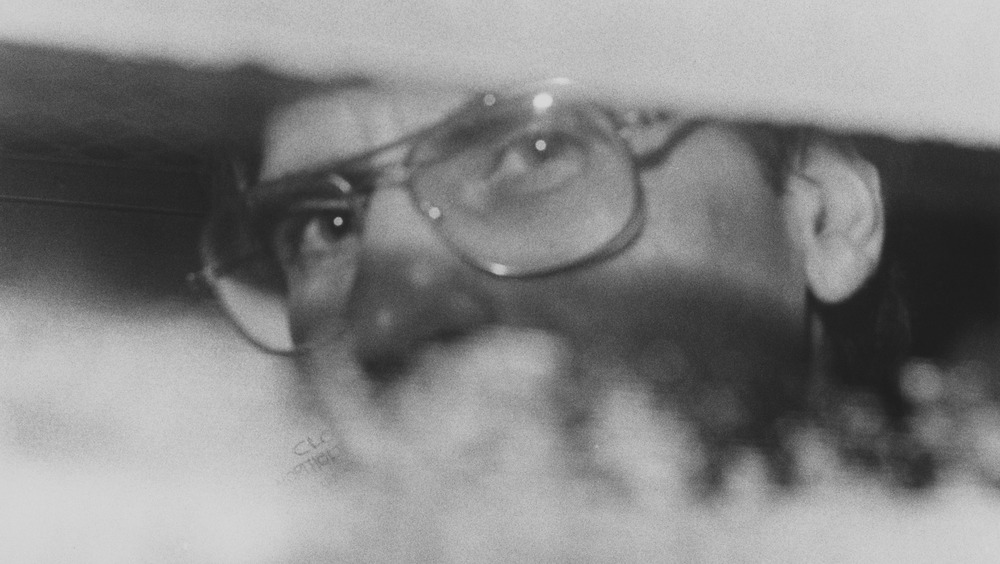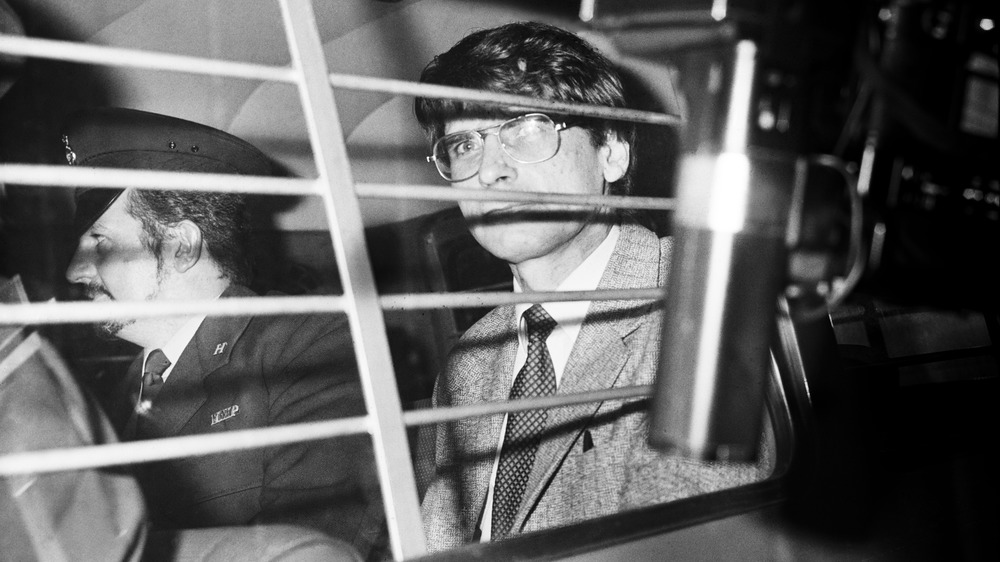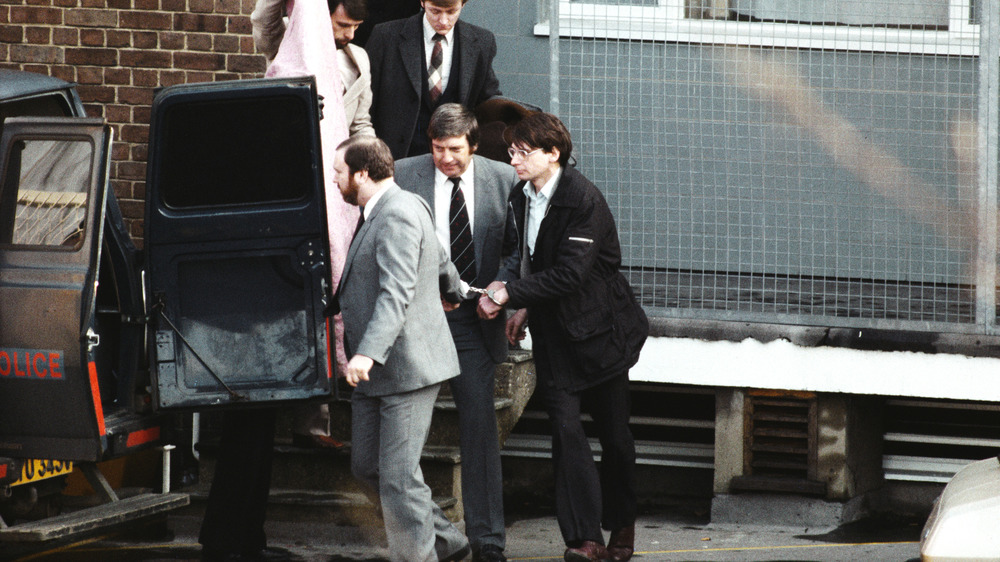The Messed Up Truth Of Dennis Nilsen
Dennis Andrew Nilsen is remembered as one of the United Kingdom's most prolific serial killers, having killed at least 12 people in London during the 1970s and 1980s. It was Nilsen's cavalier attitude about the gruesome nature of his crimes, including the way he was found to have stored, treated, and disposed of his victims, as well as details of his necrophilia, that many have found so disturbing. The truth about Nilsen was so horrific that it has made its way to the small screen in the form of a three-part series produced by ITV and Sundance called Des, which stars Scottish actor David Tennant as the mild-mannered murderer. (View the trailer for the series on YouTube.)
Dennis Nilsen's messed-up story begins with his sad upbringing. According to The Herald, Nilsen was born in Fraserburgh, Aberdeenshire, Scotland, on November 23, 1945, but after his parents divorced in 1948, he moved in with his maternal grandparents, along with his mother and siblings. There, Nilsen forged a strong bond with his grandfather, a fisherman who died while at sea just before Nilsen turned 6 years old. As an adult, Nilsen recounted how seeing his dead grandfather in a coffin at the family home was his most vivid childhood memory. Nilsen also said he felt compelled to hide the fact that he was gay from his friends and family.
Nilsen will be played by David Tennant
Nilsen seemed like a normal, well-intentioned citizen, according to neighbors and co-workers. As the BBC notes, Nilsen spent 11 years in the Army, where he trained to be a cook and most certainly learned some of the butchery skills he used to dissect and dispose of his victims. He would go on to become a probationary police constable, a security officer with the Manpower Services Commission, and a civil servant helping the unemployed find work.
Ironically, it was a series of seemingly normal complaints that Nilsen and his neighbors at his 23D Cranley Gardens address had made to their landlord — about the drainage and smell of the pipes — that ended up being his downfall. As The Herald explains, a plumber reported a discovery to his supervisor: He suspected human remains were blocking the drains. When the two plumbers told Nilsen and a neighbor about their concerns, Nilsen seemed unconcerned and said it resembled a flushed meal from Kentucky Fried Chicken. After finding the drain partially cleaned out the next morning, the plumbers called the police, and the remaining flesh and bones found in the pipe were confirmed to be human.
Nilsen had a chillingly cavalier attitude once caught
Perhaps the most messed-up thing about Nilsen was how cavalier he was about his crimes once the jig was up. According to The Herald, Nilson dropped his act of surprise as soon as the police entered his apartment and the smell of decomposing bodies overwhelmed them. When asked where the rest of the body was stored, Nilsen calmly directed the police to his wardrobe, where body parts, including dissected torsos, a severed head, and internal organs, were in plastic bags.
Later, Nilsen continued to be open with the authorities about what he did. He explained that more remains were hidden in a tea chest and a drawer in his bathroom, and that more remains would be found at an old address. As a result, three victims were discovered at his Cranley Gardens home, and the burnt bones from at least eight others were found at his old address at 195 Melrose Avenue.
Nilsen ended up getting away with some of his crimes
Although he admitted to have killed 15, Nilsen was only charged with six murders — Kenneth James Ockenden, Martyn Brandon Duffey, William David Sutherland, Malcolm Barlow, John Peter Howlett, and Stephen Neil Sinclair — and two attempted murders. According to the BBC, Nilsen targeted strangers, all men and boys. Some were homeless or sex workers. He would invite them to his homes in North and Northwest London for a drink, meal, or place to stay. It's now known that he then killed 12 of the people he took home, either by strangulation or by drowning them after they were unconscious, and he tried to kill at least a half dozen more. Nilsen typically bathed, dressed, and cohabitated with the bodies before dismembering them and disposing of the remains, either by burning them or flushing them down his drains.
On November 4, 1983, Nilsen was sentenced to life in prison after being found guilty on six counts of murder and two counts of attempted murder, according to The Herald. He died in prison at the age of 72 on May 12, 2018.



